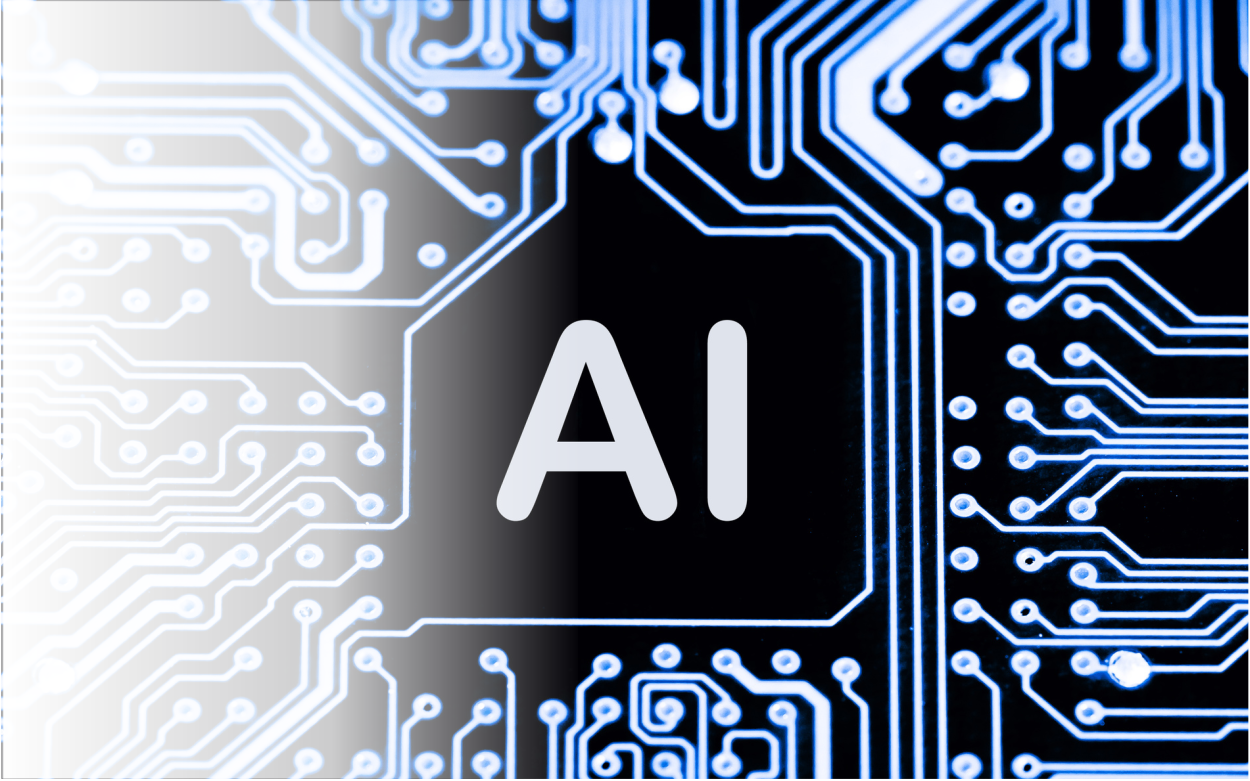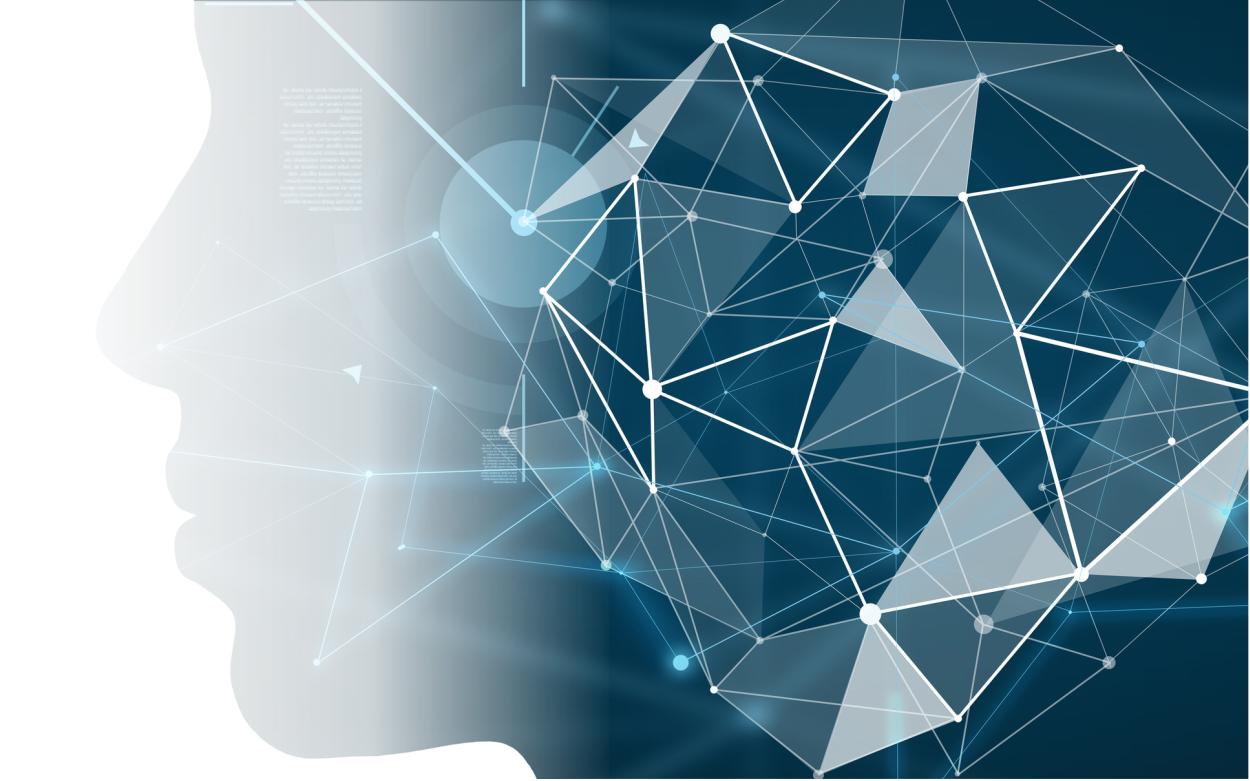The Game-Changing Role of AI
The Role of AI in IT and Cybersecurity Training
The rapid advancement of technology has brought unprecedented opportunities and challenges to the IT and cybersecurity sectors. Cyber threats are becoming more sophisticated, and the need for skilled professionals to combat them is greater than ever. Artificial intelligence (AI) has emerged as a powerful tool to transform how IT and cybersecurity professionals are trained, equipping them with the knowledge and skills to address modern challenges effectively. This article explores the role of AI in IT and cybersecurity training, highlighting its benefits, applications, and potential to reshape the future of education and skill development in this critical domain.
The Growing Need for AI in Cybersecurity
Cybersecurity threats are evolving at an alarming pace. From ransomware attacks to phishing schemes and advanced persistent threats (APTs), cybercriminals are leveraging technology to stay ahead of traditional security measures. This rapid evolution creates a pressing need for cybersecurity professionals to remain up-to-date on the latest threats and defensive strategies.
AI plays a crucial role in bridging the skills gap by providing dynamic, adaptive, and efficient training solutions. Unlike traditional training methods, which can be static and outdated, AI-driven training platforms offer real-time updates, personalized learning paths, and hands-on experience in simulated environments.
Key Benefits of AI in IT and Cybersecurity Training
- Personalized Learning Paths:
- AI algorithms analyze individual learners’ progress, strengths, and weaknesses to tailor training content to their specific needs. This personalized approach ensures that learners focus on areas where improvement is needed, maximizing efficiency and retention.
- Real-Time Threat Simulation:
- AI-powered training platforms can simulate real-world cyber threats in a controlled environment, providing learners with hands-on experience in identifying, mitigating, and responding to attacks.
- These simulations adapt dynamically, replicating the evolving tactics used by cybercriminals.
- Continuous Updates:
- Cybersecurity is a constantly changing field, with new vulnerabilities and attack methods emerging daily. AI-driven platforms can automatically update training materials to reflect the latest developments, ensuring learners stay ahead of the curve.
- Scalability:
- AI enables organizations to scale their training programs to accommodate large numbers of learners without compromising quality. This is particularly beneficial for enterprises looking to upskill their entire IT workforce.
- Efficiency and Cost-Effectiveness:
- Traditional training methods often require significant time and financial investments. AI-based solutions streamline the training process, reducing costs while delivering high-quality, comprehensive education.
Applications of AI in IT and Cybersecurity Training
- Threat Detection and Analysis Training:
- AI-powered platforms teach learners how to identify and analyze potential threats using real-time data and machine learning models.
- Trainees gain practical experience in using AI tools that are commonly deployed in modern cybersecurity operations.
- Phishing Awareness Programs:
- AI systems generate sophisticated phishing scenarios to train employees and IT professionals to recognize and avoid phishing attacks. These programs can adapt based on user responses, gradually increasing the complexity of simulations.
- Incident Response Training:
- AI-based platforms provide interactive scenarios where learners must respond to simulated cyber incidents. These scenarios mimic real-world situations, helping professionals develop the critical thinking and decision-making skills needed during a crisis.
- Vulnerability Assessment and Penetration Testing:
- AI tools teach learners how to conduct vulnerability assessments and penetration tests, identifying weaknesses in systems and applications before attackers can exploit them.
- Automated Feedback and Assessment:
- AI systems evaluate learners’ performance in real-time, providing detailed feedback and actionable insights to improve their skills. This automated assessment reduces the need for manual evaluation, saving time and resources.
- Virtual Labs and Cyber Ranges:
- AI-powered virtual labs create realistic environments where learners can practice their skills without risking real-world systems. Cyber ranges, enhanced by AI, simulate large-scale attacks to test and improve learners’ abilities to defend against coordinated threats.
Enhancing Training with AI-Powered Tools
AI is not only revolutionizing the training process but also integrating seamlessly with existing tools and platforms to enhance learning experiences. Some examples include:
- Chatbots and Virtual Assistants:
- AI-powered chatbots provide instant support and guidance to learners, answering questions and offering resources during training sessions.
- Adaptive Learning Platforms:
- Platforms like Coursera, edX, and others are integrating AI to adapt course content based on learners’ progress and preferences.
- Predictive Analytics:
- AI uses predictive analytics to identify potential skill gaps in learners and recommend targeted training modules to address them.
The Future of AI in IT and Cybersecurity Training
The potential of AI in IT and cybersecurity training is immense. As technology continues to advance, we can expect further innovations that will redefine how professionals are educated and prepared for the challenges of the future. Some emerging trends include:
- AI-Driven Mentorship:
- Virtual mentors powered by AI could guide learners through complex topics, offering personalized advice and support.
- Integration with Emerging Technologies:
- AI will integrate with technologies like virtual reality (VR) and augmented reality (AR) to create immersive training experiences.
- Proactive Training Models:
- AI could anticipate future threats based on trends and patterns, preparing learners to address challenges that have not yet emerged.
- Global Collaboration:
- AI platforms could facilitate global collaboration by connecting learners and experts from different regions, fostering the exchange of knowledge and best practices.
Challenges and Considerations
Despite its numerous benefits, the integration of AI into IT and cybersecurity training is not without challenges:
- High Initial Costs:
- Developing and implementing AI-powered training systems can require significant investment.
- Data Privacy Concerns:
- Using AI involves collecting and analyzing large amounts of data, raising concerns about privacy and security.
- Dependence on Technology:
- Over-reliance on AI may lead to reduced emphasis on foundational skills and human judgment.
To overcome these challenges, organizations must strike a balance between leveraging AI and maintaining a human-centered approach to training.
Conclusion
AI is revolutionizing IT and cybersecurity training by providing dynamic, adaptive, and scalable solutions that address the challenges of a rapidly evolving field. From personalized learning paths to real-time threat simulations, AI empowers professionals to develop the skills needed to protect organizations from cyber threats effectively. As technology continues to advance, the role of AI in training will only grow, driving innovation and enhancing the capabilities of IT and cybersecurity professionals worldwide. By embracing AI-driven training solutions, organizations can ensure their workforce remains prepared for the challenges of the digital age.







